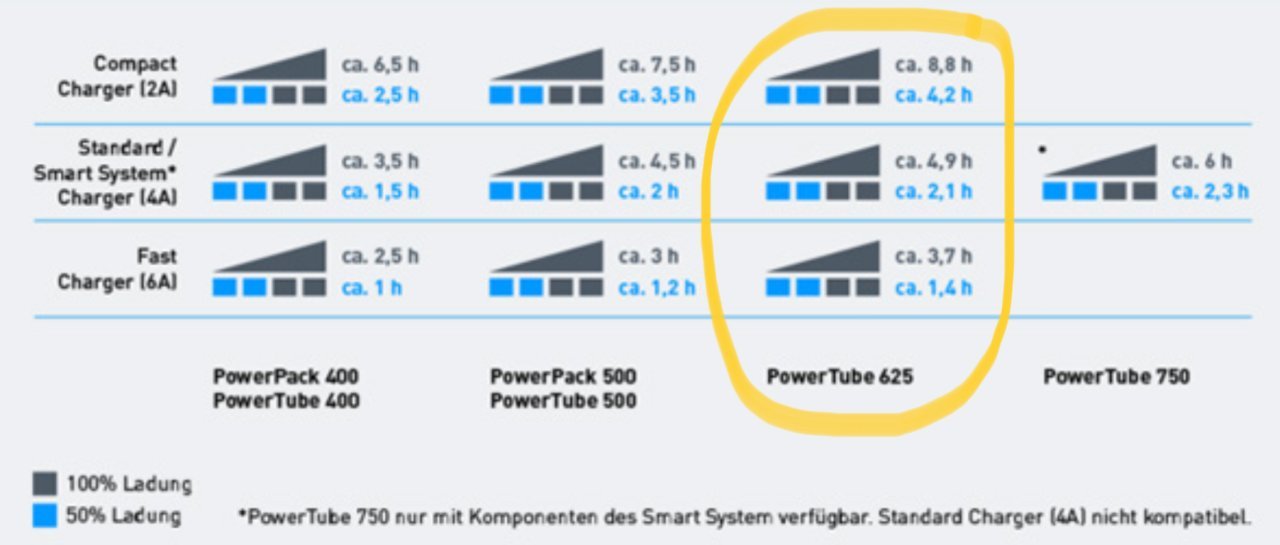RiderOnTheStorm
E*POWAH Master
What is your experience and recommendations for taking care of your lithium-ion batteries and maximize their lifespan and performance?
What do you do to keep your ebike battery in top shape?
Over the years, I wrote down a few best practices and made the list below. I'm interested in your thoughts and feedback.
What do you do to keep your ebike battery in top shape?
Over the years, I wrote down a few best practices and made the list below. I'm interested in your thoughts and feedback.
- Length of time at full or zero charge is what degrades batteries. Never discharge the battery below 10%.
- Never keep the battery charged at 100% unless you're about to ride. For example, fully charge the battery only the night or morning before a ride.
- Charge the battery at room temperature (15-20° C). Charging at low temperatures, below 0°C will irreparably degrade the cells. Heat above 35°C when discharging or riding will degrade the battery.
- Store the battery at room temperature (15-20° C). When storing a battery for extended time, keep it at 50-60% charged. In storage, verify the charge every 6 months and recharge as needed.
- Batteries should not be recharged immediately if they are only slightly discharged.
- Always let the battery cool down for at least 30 min after recharging it before going for a ride.
- Let the battery cool down for at least 30 min after the ride before recharging it.
- On first use, drain the new battery (down to 15-20%) and fully charge it (to 100%) at least 5 times initially. Needed for the BMS (battery management system) in the battery pack to properly balance the cells.
- Avoid charging to 100% unless a full charge is needed for the next ride [thanks to @Mikerb]
Find some best practices for battery care and maintenance, as well as a few battery troubleshooting tips in these newer posts:WHAT'S NEW IN THIS THREAD?
Last edited:

